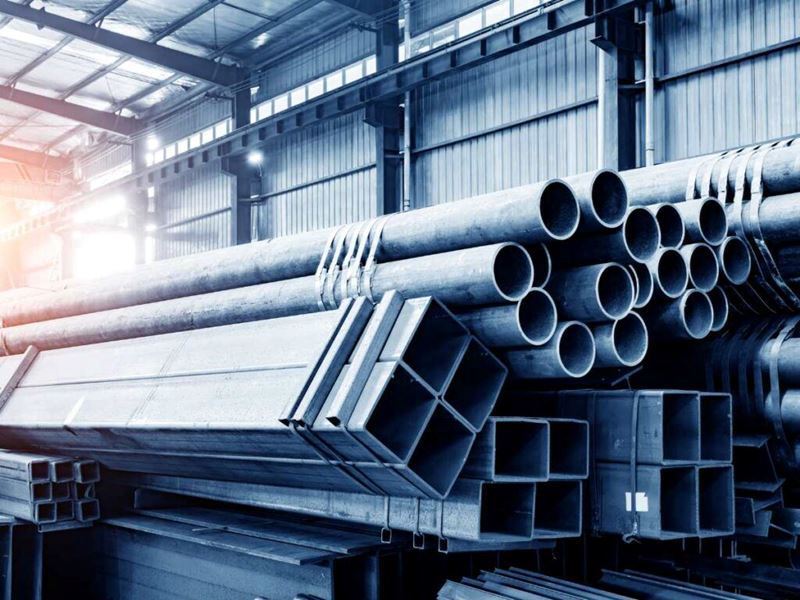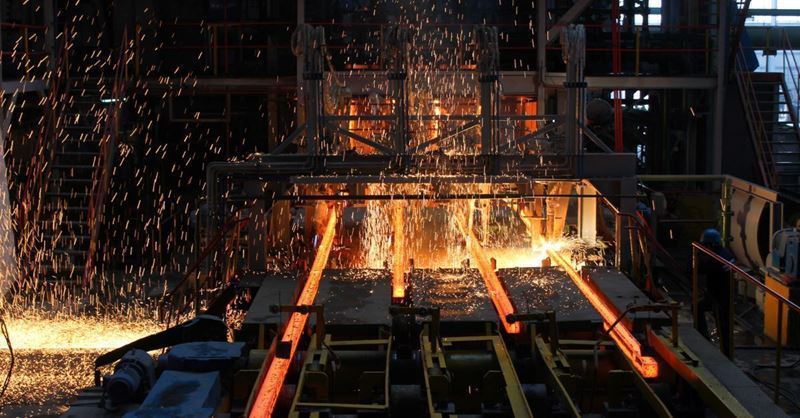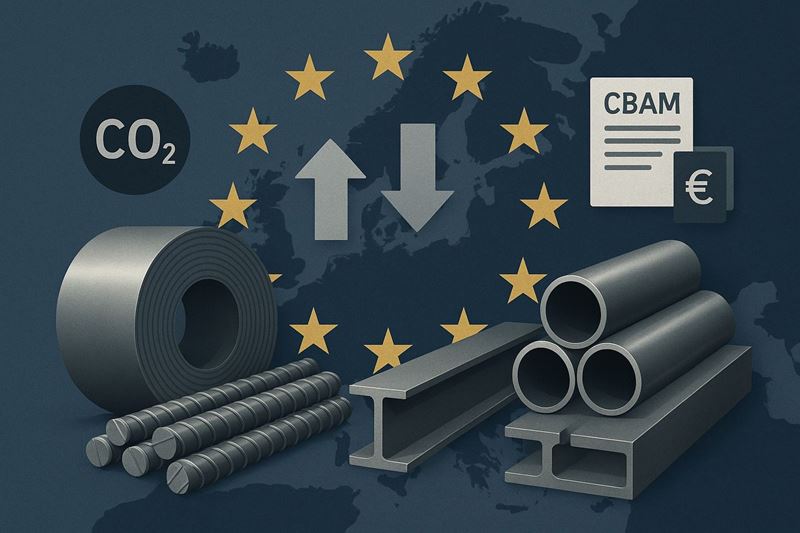In Japan, industrial production increased by 2.2% month-on-month in September, signaling a slight recovery in economic activity. Tokyo Steel increased scrap purchase prices across all its assets.
In China, prices initially increased on expectations of government support and production restrictions, but decreased again due to oversupply and high inventories. Demand for rebar remains weak, and inventories are kept at minimum levels. Heavy pollution alerts in Henan raised the possibility of new production restrictions. China’s steel exports are expected to exceed 2024 levels in 2025, while increasing anti-dumping cases suggest a more challenging export environment in 2026. Chinese suppliers exported 545,250 mt of billet to Saudi Arabia between January and September 2025, indicating a market shift from CIS-origin material toward Chinese billet.
In Vietnam, demand continues to be weak; Hoa Phat Group realized only about 30% of its planned sales.
Thailand has imposed anti-dumping duties on Chinese-origin H-beams, and the measure will remain in effect for five years.
Malaysia’s steel sector faces overcapacity, and the country aims to shift toward low-carbon steel by 2026; new BF-BOF licenses are banned, while DRI and HBI facilities are being encouraged.
India’s metallurgical coal imports, for which Australia is the largest supplier, decreased by 5.1% to 5.94 million mt, while coke imports decreased by 2.4% to 122,043 mt.
In Australia, iron ore producers are maintaining price levels by shifting sales strategies from fine to lump despite declining ore quality. Iron ore prices in the Far East increased during the week; however, spot liquidity remained weak. Chinese producers stated that Carajas material has become too expensive due to margin pressures.








Comments
No comment yet.